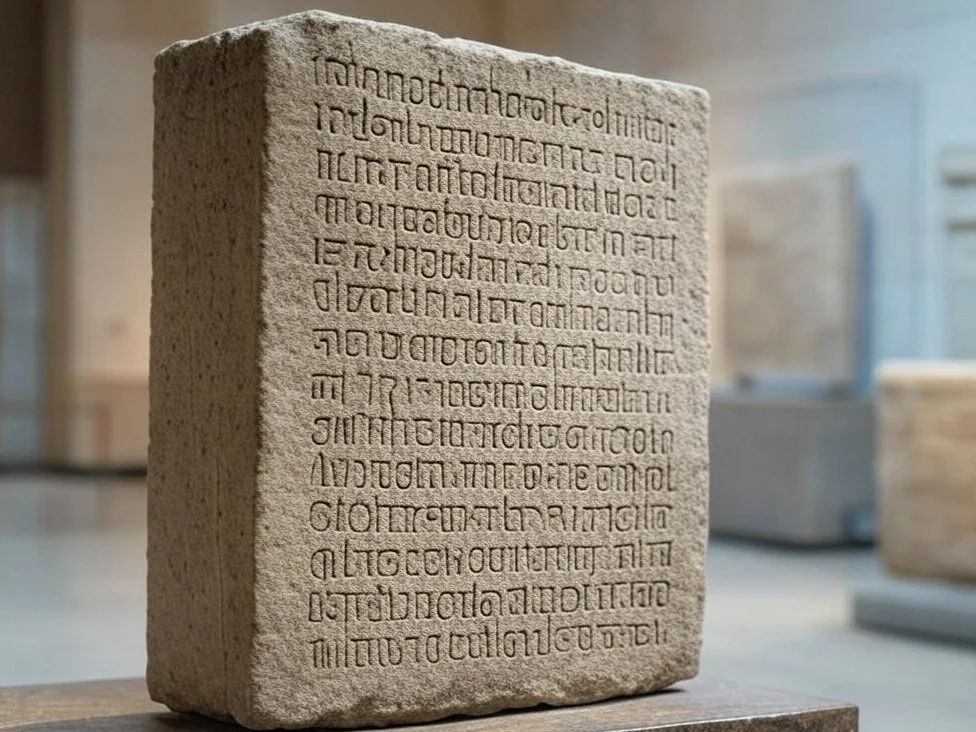The Code of Hammurabi, created around 1754 BCE by the Babylonian king Hammurabi, stands as one of the earliest and most comprehensive written legal codes in human history. Engraved on a towering basalt stele, this ancient code provides a fascinating glimpse into the social, economic, and legal structures of ancient Mesopotamia. Its influence extends far beyond its time, offering a foundation for understanding the evolution of law and justice. This discussion explores the historical significance of the Code of Hammurabi, its reflection of Mesopotamian society, and how it compares to other early legal systems.
The Code of Hammurabi: An Overview
Hammurabi, the sixth king of the First Babylonian Dynasty, sought to unify and govern his expanding empire through a standardized set of laws. The code consists of 282 laws, written in Akkadian and inscribed on a stele that was publicly displayed in Babylon. The laws cover a wide range of topics, including trade, property, family, labor, and criminal justice. At the top of the stele, Hammurabi is depicted receiving the laws from Shamash, the god of justice, symbolizing the divine authority behind the code.
The laws are often summarized by the principle of lex talionis, or "an eye for an eye," which emphasizes proportional punishment. However, the code also reflects a nuanced understanding of justice, with punishments varying based on the social status of the individuals involved. For example, crimes against nobles were punished more severely than those against commoners or slaves.
Historical Significance
The Code of Hammurabi is significant for several reasons. First, it represents one of the earliest attempts to codify laws, creating a predictable and transparent legal system. This was a major step toward the rule of law, as it reduced arbitrary judgments and provided a framework for resolving disputes.
Second, the code reflects the centralization of power in ancient Mesopotamia. By standardizing laws across his empire, Hammurabi reinforced his authority and promoted social order. The public display of the stele also served as a reminder of the king’s role as a just and divinely appointed ruler.
Finally, the Code of Hammurabi provides invaluable insights into the daily life and values of ancient Mesopotamian society. It reveals a hierarchical social structure, with distinct classes of nobles, commoners, and slaves, as well as a patriarchal family system. The code also highlights the importance of commerce, agriculture, and property rights in Babylonian society.
Comparison to Other Early Legal Systems
The Code of Hammurabi is often compared to other early legal systems, such as the Sumerian Code of Ur-Nammu (circa 2100 BCE) and the Mosaic Law of the Hebrew Bible (circa 1200 BCE). While these systems share some similarities, they also reflect the unique cultural and historical contexts in which they emerged.
Code of Ur-Nammu: Predating Hammurabi’s code by nearly three centuries, the Code of Ur-Nammu is the oldest known legal code. It emphasizes restitution rather than retribution, with fines being the primary form of punishment. This contrasts with Hammurabi’s code, which often imposes physical punishments. Both codes, however, reflect a concern for social order and justice.
Mosaic Law: The laws attributed to Moses in the Hebrew Bible share some principles with Hammurabi’s code, such as the concept of proportional punishment. However, Mosaic Law places a stronger emphasis on religious and moral obligations, reflecting the covenant between God and the Israelites. Unlike Hammurabi’s code, which is rooted in the authority of a king, Mosaic Law is presented as divinely ordained.
Roman Law: While developed much later, Roman law shares Hammurabi’s emphasis on codification and the rule of law. The Twelve Tables (451–450 BCE) and later Roman legal texts influenced the development of Western legal systems, much as Hammurabi’s code influenced ancient Near Eastern law.
Conclusion
The Code of Hammurabi is a landmark in the history of law and governance. Its creation marked a significant step toward the establishment of structured legal systems, influencing subsequent codes and shaping the development of justice in human societies. By examining its provisions, we gain a deeper understanding of the values, hierarchies, and challenges of ancient Mesopotamia. While it may seem harsh by modern standards, the Code of Hammurabi remains a testament to humanity’s enduring quest for order, fairness, and the rule of law. Its legacy continues to resonate, reminding us of the profound impact that early legal systems have had on the evolution of civilization.







